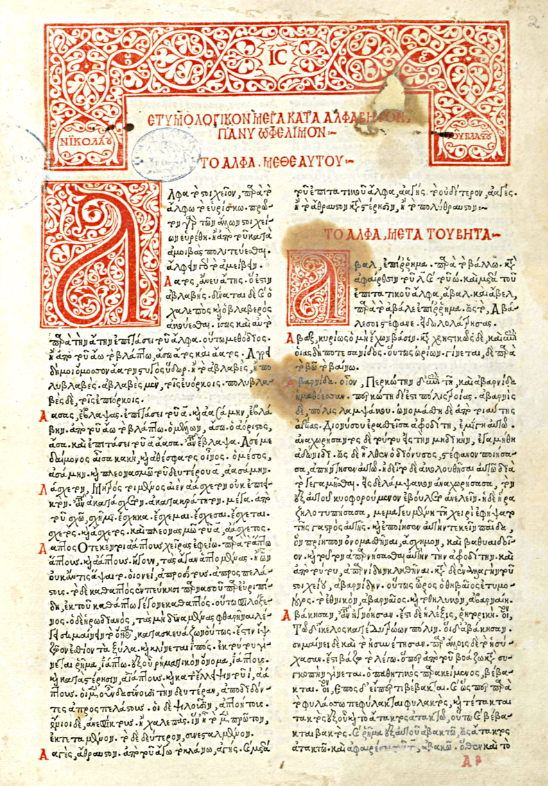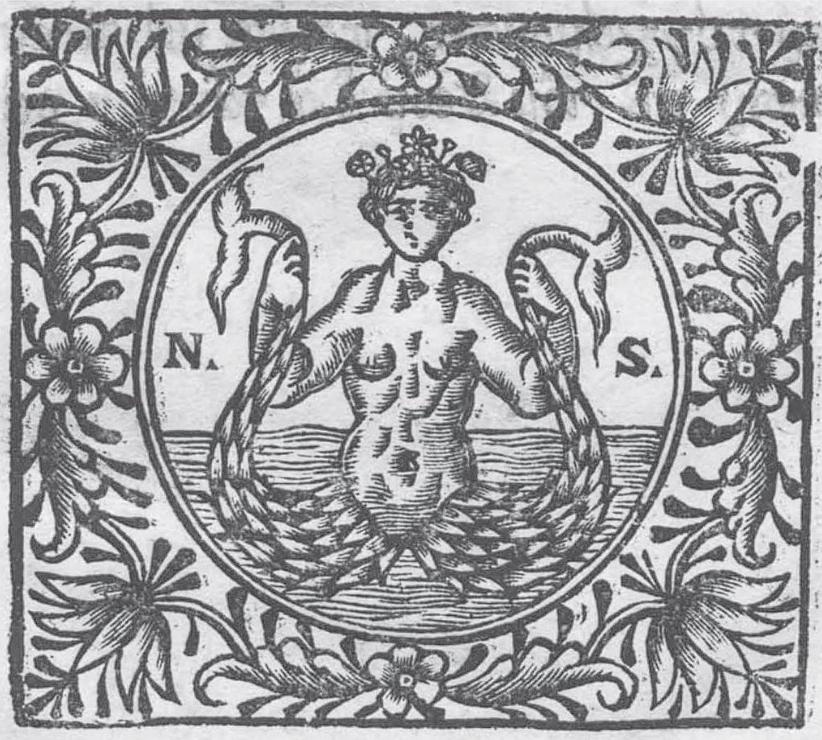Scholarly Greeks and the Flourishing of Printing in Venice


During the 14th and 15th centuries, eminent scholars were active in Venice, in a prominent intellectual community. The Byzantine scholars taught Greek or translated ancient texts, their main concern being the dissemination of ancient Greek philosophy and thought.
Among those who gave impetus to the dissemination of Greek literature and the development of Greek studies were Dimitrios Kydonis, Plethon Gemistos Vissarion, important members of the intellectual community.
Especially after the Council of Ferrara, in 1438, many scholars chose Venice as their new home because of their forced departure from Byzantium.By settling there, they gave impetus to the dissemination of Greek literature and the development of Greek studies. Indicatively, after the fall of Constantinople in 1453, the Greek community numbered between 4,000 and 5,000 people.
Bessarion of Trebizond (1400-1472) chose Venice as his second homeland and also considered it "another Byzantium". Offering priceless manuscripts from his library, he expressed the wish that they should be accessible to the Greeks so that they would not forget their roots. These will then form the core of the Marcian Library.
Emmanuel Chrysoloras, a teacher in Constantinople, comes to Venice as a diplomatic envoy of Emmanuel Palaiologos, who translates Plato's Politia and many other works of Greek literature, while his contribution includes a new theory on the modes of translation.
In the 15th century, intellectuals, scholars, teachers, manuscript copyists, editors and book proofreaders gathered in Galenotati. This period saw the efforts of the first printing presses operating in the city, with printing work often financed by merchants. From the next century onwards, the collaborations between Greeks and Italian printers are noteworthy; their work with religious and popular content, pilgrimages, dictionaries, encyclopaedias, and karamanlides enriched not only the libraries there but also those of the Orthodox East. It even covers commercial needs. With the printing enterprises becoming centres of Greek book production.
There are notable references to the presence of Greeks in the field of printing. Their familiarity with the then revolutionary methods of printing and their work set the context for the publication of Greek books and had a significant impact on the field of education throughout the world.
In 1486 the first two Greek books were published, followed by editions of the greatest works of the classical writers of antiquity.
Nikolaos Vlastos and Zacharias Kallergis founded a printing house in 1499 and scholars such as Antonios Eparchos, Nikolaos Sofianos, Nicander Noukios published their own original works, while clerics were also engaged in the correction and critical publication of books of the Orthodox Church.
School books, alphabets and psychic readings were sent to the Greek Orthodox East and books written outside Venice were printed in the printing houses of Greeks such as Nikolaos Sofianos, Andreas Kounadis, Hippolytos Varelis, Vergis, etc.
The flourishing of this activity continued during the blossoming of Cretan literature in the 17th century, with the strong presence of Greek publishing houses such as Nikolaos Glyky, Nik. Niccolò Saros and Dimitrios Theodosiou.
The printing activity of the Greeks was maintained until the 19th century, with the activity of the Greeks of Venice in the field of printing being directly linked to the Greek community. Inevitably, however, with the 'decline' of the community, the field of printing also declined.



The printing activity of the Greeks was maintained until the 19th century, with the activity of the Greeks of Venice in the field of printing being directly linked to the Greek community. Inevitably, however, with the 'decline' of the community, the field of printing also declined.
